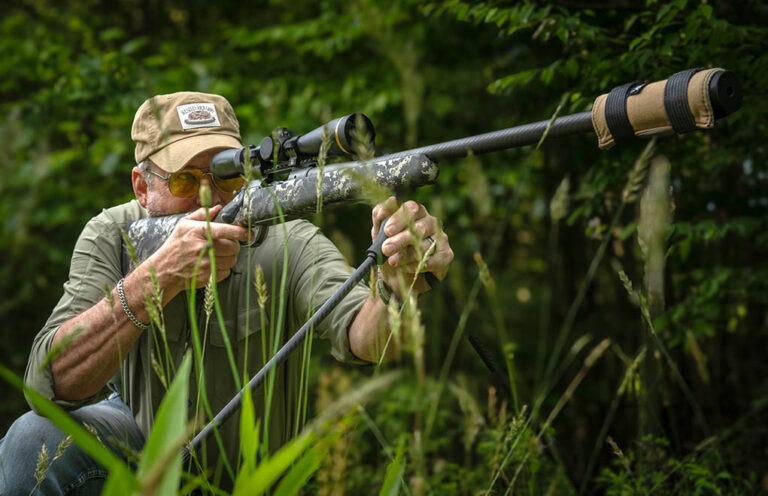
We discuss the different types of shooting supports and take a look at some of the best examples of each.
In 1997, Jeff Cooper published The Art of the Rifle. The book contains many lessons for riflemen but maybe the most important is the solid axiom: If you can get closer, get closer; if you can get steadier, get steadier. Both improve your chances for making an accurate shot, but sometimes getting closer is not an option. When that happens, getting steadier is the rule.
“Getting steadier” has generally meant assuming an intermediate position like kneeling, sitting or prone and using a shooting sling. However, sometimes that’s still not enough. What’s needed is a shooting support.
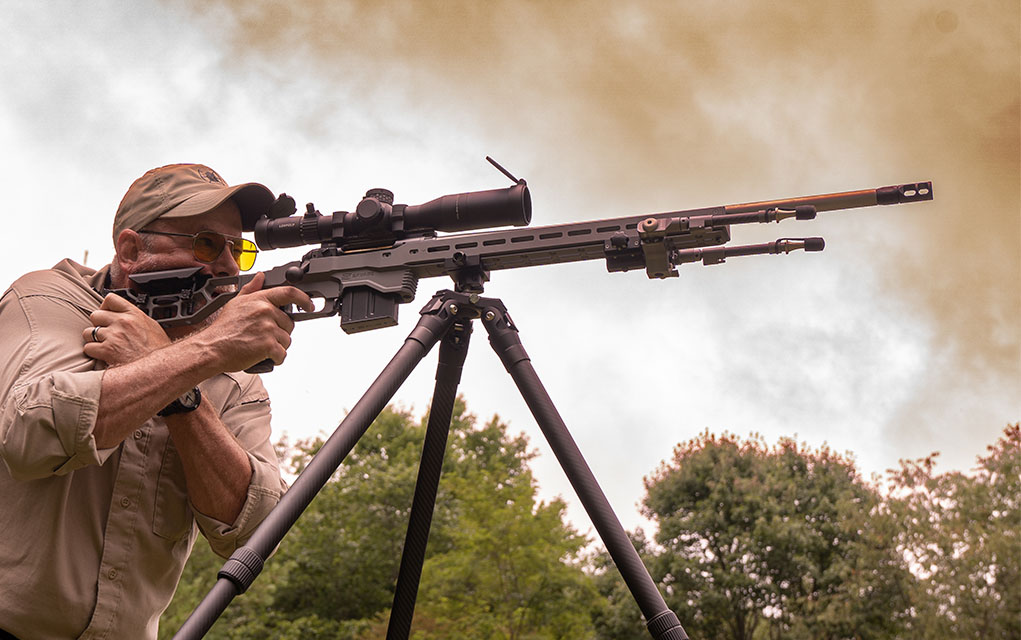
A shooting support can be almost anything, natural or man-made. A backpack, log or limb, and even a buddy can sometimes become a shooting support. Hunting in Idaho’s Frank Church Wilderness a few years back, I needed a shooting support, but nothing was available; the trees were too large to offer support. I ended up sticking my knife in the side of a tree and resting the rifle over it to make a long shot on a black bear. It worked, but there are better options, such as bipods, tripods and shooting sticks.
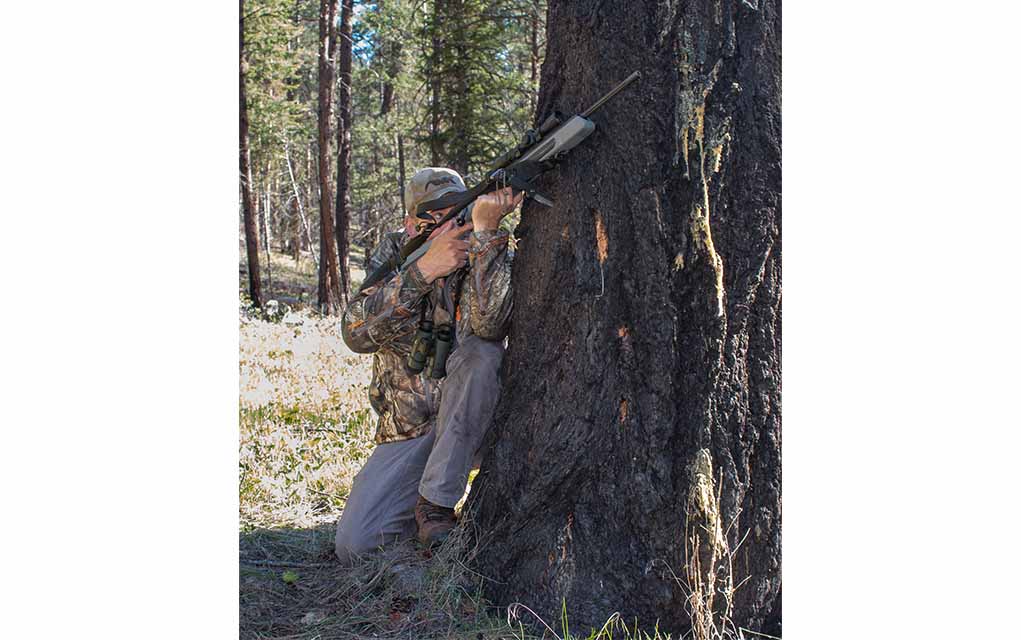
Shooting Supports Types
I classify shooting supports in two categories. First are the independent sticks that require no special interface to work with the rifle. These can be as simple as the two-leg cross sticks used by old-time American bison hunters, or the three-leg sticks so common on African safaris. With these, you simply rest the rifle across them. The other type is those that are semi-permanently attached to, or that can be quickly connected to, the rifle.
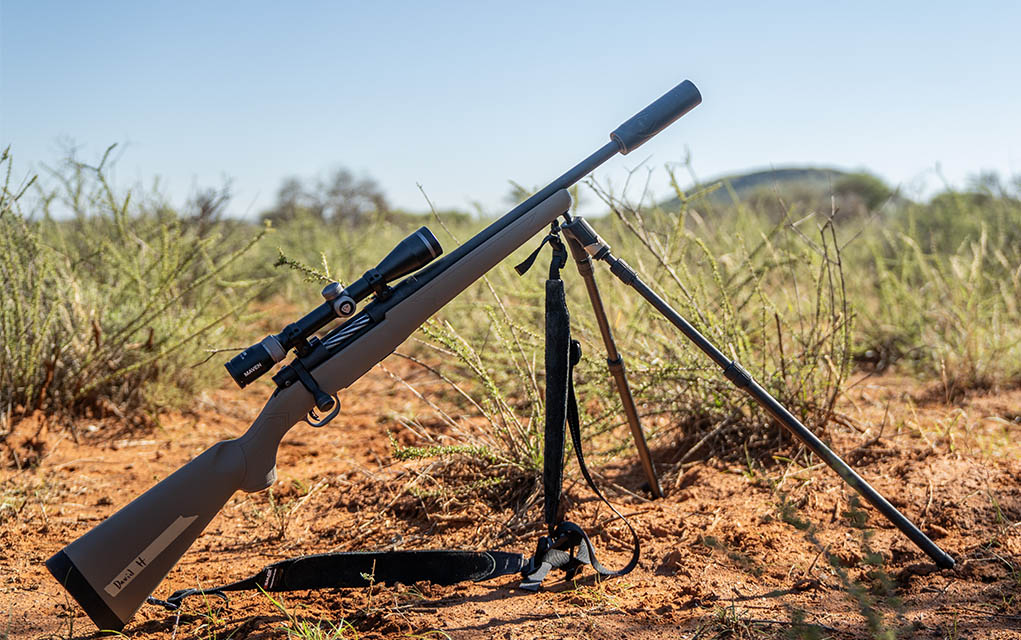
Independent shooting sticks are great for guides and professional hunters because they can work with any rifle without an adapter. They’re also very fast to use and some even allow for rapid height adjustment. If you’re a static shooter/hunter who only plans to shoot from one position with limited movement, an attached bipod makes sense … however, its primary advantage is also its disadvantage: They add weight to your rifle.
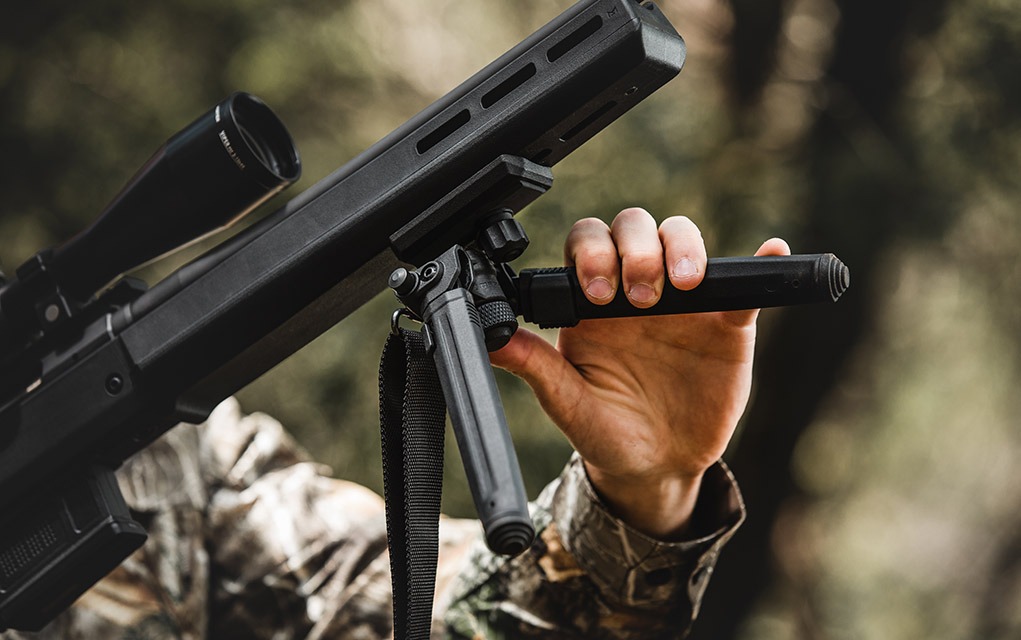
For most shooting and hunting situations, one of the quick-attach systems is generally a better option. These often provide the most stability and versatility.
Here are some of my favorite shooting supports of both types:
- Traditional African Sticks
- The Harris Bipod
- Magpul Bipod
- Primos Trigger Stick
- Saddle Tripods
- Saddle Tripods
- Primos & Spartan Collaboration
Traditional African Sticks

A lot of the shooting during an African safari requires shots from the standing position, and this means tall shooting sticks are generally best. There’s a lot to choose from here, but there’s also a certain nostalgic connection to traditional safari shooting sticks made of wood. These can be bulky and heavy, but they can also be very stable. The best source I’ve found is African Sporting Creations. They offer a variety of styles, and some are even made of exotic woods and come in sections for easy transport. These sticks do not represent the latest technology, but you’ll look the part and feel the connection to old Africa. Prices start at around $230. Website: AfricanSportingCreations.com.
The Harris Bipod
For many years, the Harris bipod was the most popular shooting support in America. With the adapters they now offer, a Harris bipod can be attached to most any rifle and provide a very steady platform. Versions are available in various adjustment ranges from 6 to 9 inches, all the way up to 13 to 27 inches. These bipods are quick to deploy but they tend to be heavy; the lightest bipod Harris offers weighs 11 ounces. On the plus side, they’re relatively inexpensive, with prices ranging from around $83 to a little over $200. Website: HarrisBipods.com.
Magpul Bipod

Magpul is well known for their quality polymer rifle accessories, and they have a full line of bipods including a quick detach model that you can attach to a rifle via the sling swivel stud, Picatinny rail, M-Lok or the A.R.M.S. 17S system. These bipods are adjustable in ½-inch increments from 7 to 10 inches, and at only 8 ounces, they’re reasonably lightweight. They’re not very expensive, either. Prices range from about $75 to $130. Website: Magpul.com.
Primos Trigger Stick
One of the most popular shooting sticks I see in use is the Primos Trigger Stick. This is an independent shooting stick that comes with a V-type rest. Its primary appeal is how quickly you can adjust it for height by simply pulling the trigger. This means you can carry it compressed and lengthen it very quickly as needed. You can adjust the bipod and tripod versions from 24 to 62 inches, and shorter versions you can adjust from 18 to 38 inches are also available. One downside is weight: You’ll be toting around between 2.5 and 3.5 pounds. Prices range from around $95 to $175. Website: Primos.com.
Saddle Tripods
With the rise of long-range precision shooting, a new shooting support often called the “saddle tripod” has become popular. It’s essentially a vice mounted to a tripod that you clamp your rifle into. They’re offered by various manufacturers, and Primos has their own version in their Edge Series of tripods. It has a collapsed length of 33 inches, and you can adjust it to provide between 9 and 67 inches of shooting support. It also offers 360-degree panning. What many like about the vice system is that the tripod can support your rifle by itself. This leaves you free to glass, work an elk call or just relax while waiting for a shot. But at 5.75 pounds, it’s heavy and a little slow to set up. Suggested retail is $170, and a fast-adjust Trigger Stick version is available for $500. Website: Primos.com.
The Spartan System
If you want the best shooting support system, and if you don’t mind paying for it, Spartan Precision Equipment is a one-stop shop. Their entire line of shooting supports work with the same magnetic attachment system that interfaces with a wide selection of rifle adapters.
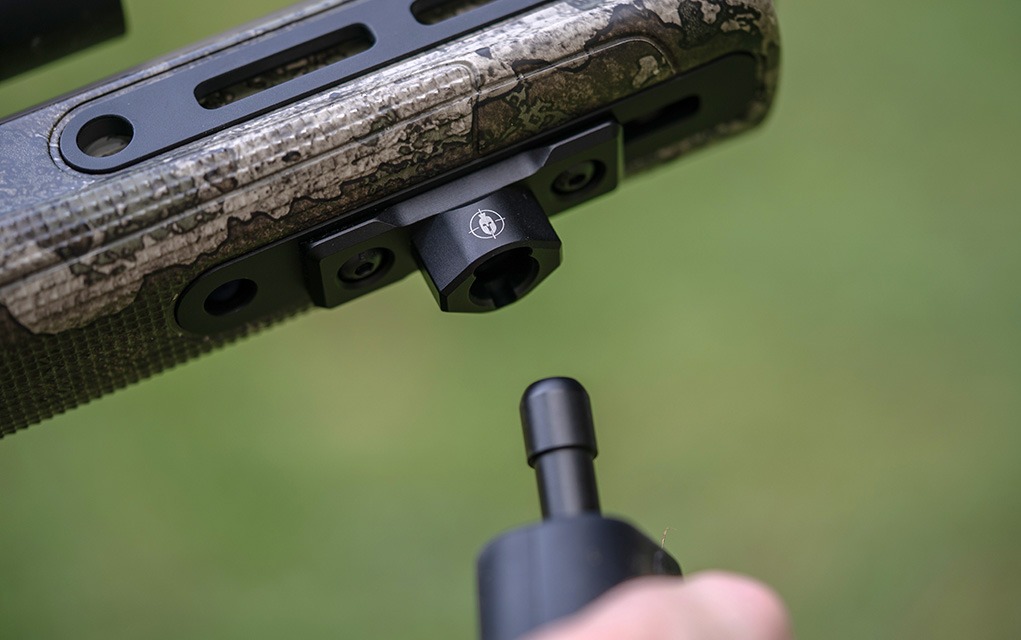
They offer the incredibly lightweight 4.8-ounce, 7-inch Javelin bipod ($150), and the Pro Hunt Tac version ($300) is adjustable from 7 to 9 inches or 9 to 12 inches. It weighs between 7.6 and 8.3 ounces. They also have the Springbok bipod ($200), and it’s adjustable from 22 to 38 inches and weighs only 10.6 ounces. It’s great for shooting from sitting or kneeling and especially applicable to mountain hunting.
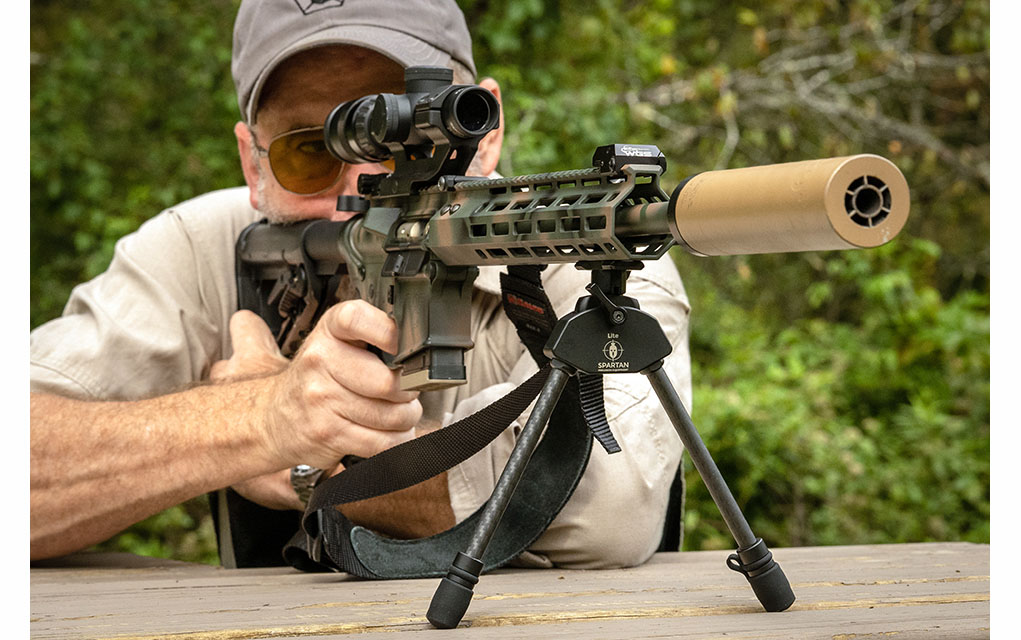
Because these are quick—like 2 seconds—attachable bipods, there’s no need to keep them on the rifle. Spartan is working on a four-leg version of the Springbok a group of us recently tested in Africa. It was crazy stable, light and easy to adjust. It should be available soon.
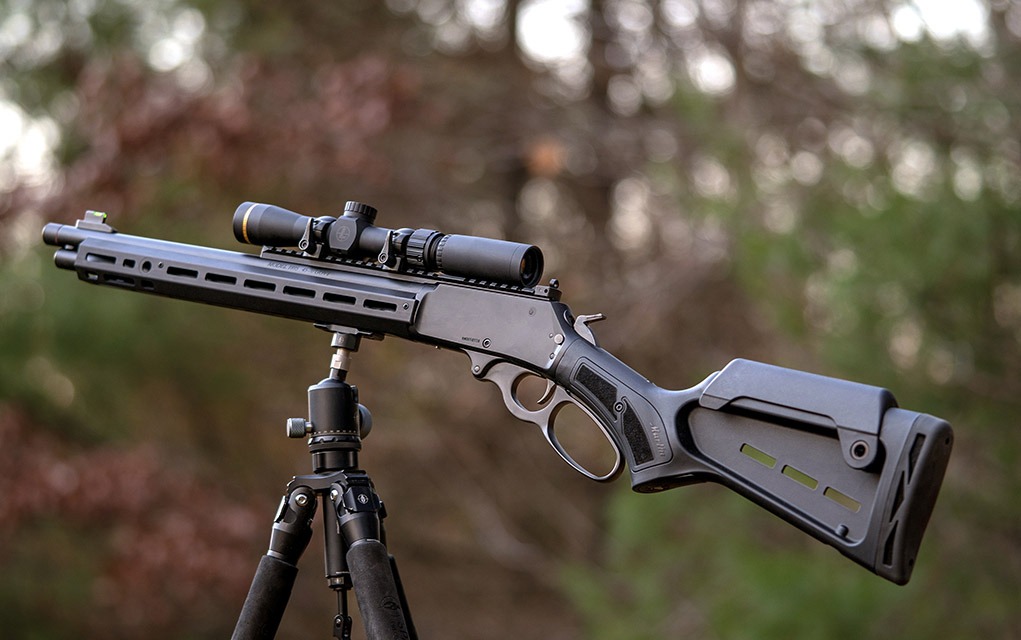
My favorite Spartan shooting support is their Ascent Tripod ($1,100). This 3.75-pound tripod is adjustable from 12 to 70 inches, offers 360-degree rotation and a 45-degree cant. It can hold your rifle by itself, your spotting scope, binoculars, and camera and you can even use it as a back rest when seated and glassing for long hours. It also has a weight hook where you can hang your pack for added stability to the platform.Website: JavelinBipod.com.
Primos & Spartan Collaboration
The Spartan Precision equipment magnetic attachment system is so practical that Primos has incorporated it into their Edge series of tripods. This allows the Edge Tripod ($250) to interface with any of the Spartan Precision Equipment rifle adapters. For an additional $300, you can get a Primos fast-adjust Trigger stick version that has the same magnetic attachment.
Editor's Note: This article originally appeared in the September 2024 issue of Gun Digest the Magazine.
More On Shooting Supports:
- Stabilize Yourself: The Rifle Bipod Buyer's Guide
- Get Steady: The Best Shooting Bags
- Accuracy Enhancing Support: Choosing A Bipod
- How To Use Bipods And Tripods

Next Step: Get your FREE Printable Target Pack
Enhance your shooting precision with our 62 MOA Targets, perfect for rifles and handguns. Crafted in collaboration with Storm Tactical for accuracy and versatility.
Subscribe to the Gun Digest email newsletter and get your downloadable target pack sent straight to your inbox. Stay updated with the latest firearms info in the industry.

![Best Concealed Carry Guns In 2025 [Field Tested] Wilson Combat EDC X9S 1](https://gundigest.com/wp-content/uploads/Wilson-Combat-EDC-X9S-1-324x160.jpg)


![Best 9mm Carbine: Affordable PCCs [Tested] Ruger Carbine Shooting](https://gundigest.com/wp-content/uploads/Ruger-Carbine-Shooting-100x70.jpg)
![Best AR-15: Top Options Available Today [Field Tested] Harrington and Richardson PSA XM177E2 feature](https://gundigest.com/wp-content/uploads/Harrington-and-Richardson-PSA-XM177E2-feature-100x70.jpg)
